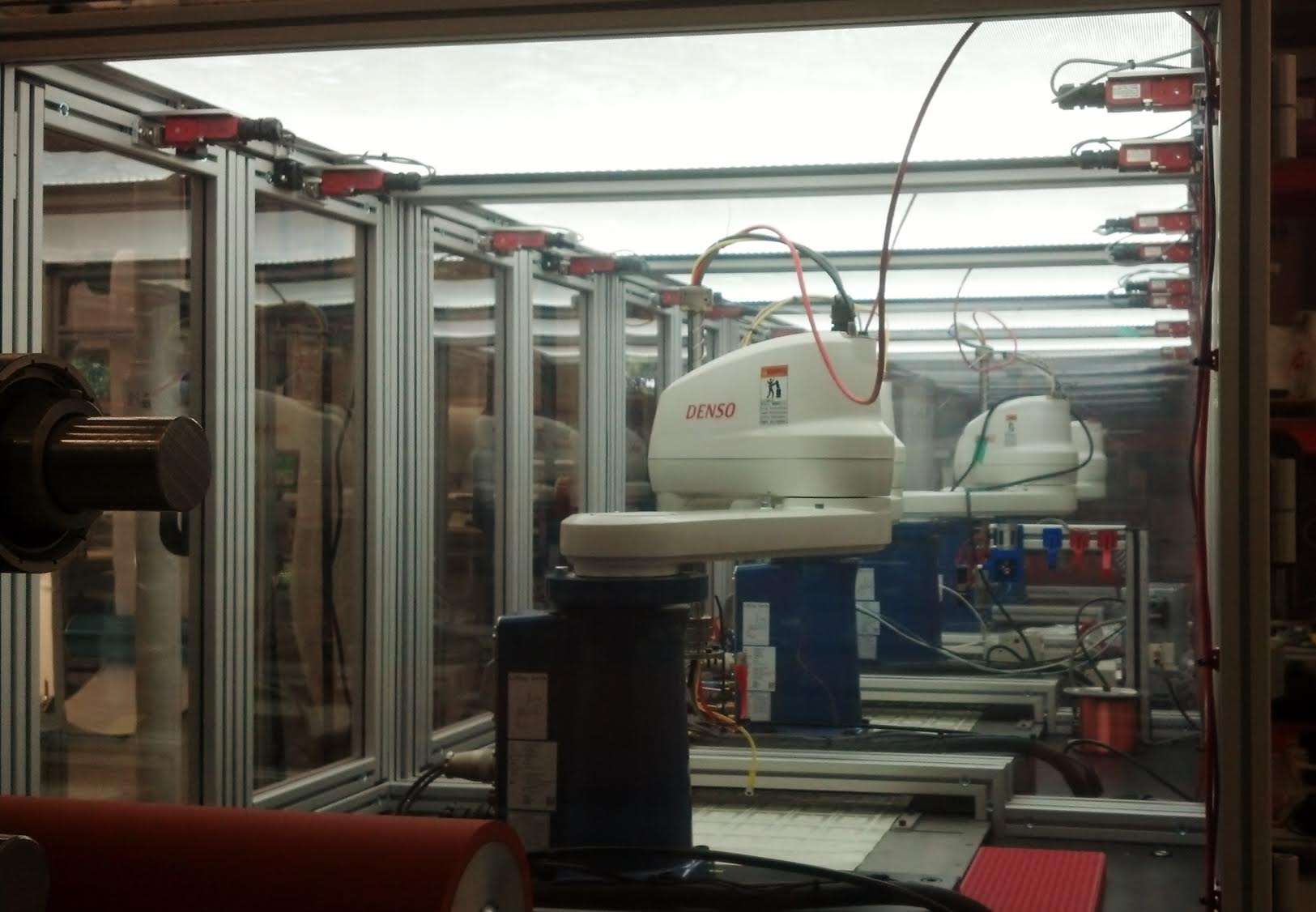For all the talk about the benefits and energy saving properties of LED lights, many people don’t understand how LED light is produced or how LED lights work. Understanding the basic workings of an LED light makes it easier to understand why LED lights are a better lighting option that incandescent, fluorescent or CFLs lights.
How LED light is produced
Light emitting diodes, or LEDs, produce light through a process called electroluminescence. Electroluminescence is the movement of electrons between two terminals of a diode. Within a diode there are N-type and P-type semiconductors. When an LED is electronically connected, electrons begin moving between these two semiconductors within the diode. In traditional lighting options, energy is lost to heat when there is a jump over of electrons at the p-n junction. However, in LEDs the semiconductors produce light instead of heat. The amount of energy that is lost during that process determines the color of the light that is produced by the LED.
Core components of an LED circuit board
In a typical LED light, the semiconductor is a chip that produces the light when it is connected electronically. A very thin bond wire connects the chip to a lead electrical contact that is the cathode (the negatively charged electrode by which electrons enter an electrical device). The chip is usually enclosed by a lens that protects the chip and helps direct the light beam to the desired angle. In white lights, the chips are also coated with phosphors.
Light production in LED lights vs other light sources
LED light is produced by directly converting electrical energy into light energy. Incandescent lights, on the other hand, produce light by heating a filament until the filament glows red hot. Fluorescent lamps, both linear and compact, produce light through UV discharge and a phosphor.




